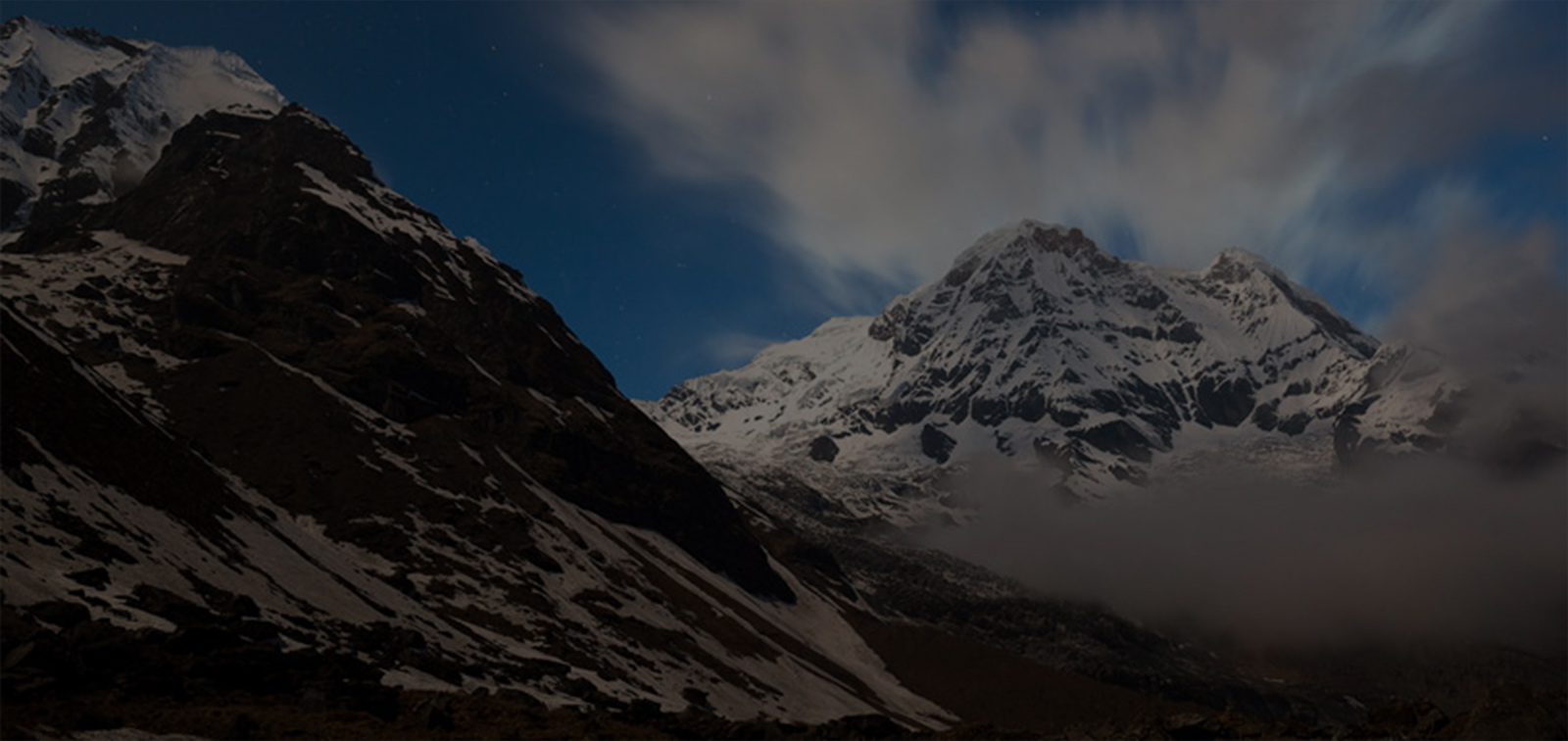People In Nepal
Nepal, a kaleidoscope of cultures nestled in the mighty Himalayas, is home to an intricate tapestry of over 100 ethnic groups. This remarkable diversity is a reflection of the country's geographical splendor, spanning from the lofty peaks to the verdant plains. The majority of Nepal's population traces its roots to the Indo-Aryan realm, with the remainder hailing from the Tibetan and Bhotia communities of the northern reaches and the Mongoloid inhabitants of the central belt.
This ethnic mosaic is a testament to Nepal's rich history, where waves of migration and cultural diffusion have left an indelible mark on the land. Each group has woven its unique traditions, languages, and customs into the vibrant fabric of Nepali society, creating a harmonious symphony of coexistence.
In urban centers like Kathmandu, the Newar community, with their Tibeto-Burman origins, has long been the custodians of a thriving artistic and architectural heritage. Their intricate wood carvings, bronze sculptures, and exquisite temples stand as living monuments to their creative genius.
The Indo-Aryan Brahmins and Chhetris, revered as the priestly and warrior castes, respectively, have played pivotal roles in shaping Nepal's social and cultural landscape. Their presence can be felt across the length and breadth of the nation, as they have embraced diverse professions while upholding their sacred traditions.
In the central hills, the Gurungs, Magars, and Kirantis, all descendants of the Tibeto-Burman stock, have forged a unique identity as skilled agriculturists and legendary warriors. Their martial prowess and unwavering spirit have earned them international acclaim as the renowned Gurkha soldiers.
The Sherpas, hailing from the Himalayan highlands, have carved a niche for themselves as intrepid mountaineers and hospitable hosts. Their deep-rooted connection with the majestic peaks and their warm hospitality have made them invaluable ambassadors of Nepal's tourism industry.
In the Terai region, the Tharus, with their rich animistic beliefs and reverence for nature, have sustained a harmonious coexistence with the lush forests and fertile plains. Their vibrant folk traditions, intricate handicrafts, and sustainable agricultural practices have withstood the test of time.
Each of these ethnic groups, and many more, contributes their distinct threads to the tapestry of Nepali culture, creating a stunning mosaic that captivates visitors from around the world. It is this diversity, coupled with the warm hospitality of the Nepali people, that makes this Himalayan nation an unforgettable destination for those seeking to immerse themselves in a rich cultural heritage.
Some Major Ethnic Groups of People Newar:
Nestled in the ancient city of Kathmandu, the Newar community has woven an intricate tapestry of culture and tradition that dates back centuries. Tracing their roots to the Tibeto-Burman lineage, the Newars are not only one of the largest indigenous groups in Nepal, comprising 7% of the total population, but also the guardians of a rich cultural heritage that permeates every aspect of life in the Kathmandu Valley.
Linguistic chameleons, the Newars seamlessly transition between their mother tongue, Newari, and the national language, Nepali, reflecting their deep-rooted connection to both their ethnic identity and the broader Nepali society. Their spiritual beliefs are a harmonious blend of Buddhism and Hinduism, with families often embracing both faiths, creating a unique synergy of religious traditions.
The Newars are renowned for their entrepreneurial spirit, with many engaging in commerce, trade, and farming, contributing significantly to the economic fabric of the region. However, it is in the realm of art, literature, and architecture that their true genius shines through. From the intricate wood carvings adorning ancient temples to the exquisite bronze and silver sculptures that adorn homes and shrines, the Newar artisans have mastered the art of transforming raw materials into breathtaking masterpieces.
Their architectural prowess is evident in the magnificent stupas, palaces, and courtyards that dot the Kathmandu skyline, each structure a testament to the ingenuity and craftsmanship of generations of Newar builders. These awe-inspiring structures, with their intricate carvings and elaborate designs, stand as living monuments to the Newar's unwavering dedication to preserving their cultural heritage.
Beyond their artistic and architectural contributions, the Newars have also enriched the literary landscape of Nepal, with their rich oral traditions and written works serving as a window into the complexities of their culture and way of life.
Brahmin:
Among the diverse tapestry of ethnic groups in Nepal, the Brahmins, also known as Bahuns, occupy a revered position as the priestly class within the Hindu social hierarchy. Tracing their origins to the Indo-Aryan realm, the Brahmins are believed to have migrated to Nepal from various parts of India over the centuries, bringing with them a rich cultural and spiritual heritage.
Today, the Brahmin community is woven into the fabric of Nepali society, their presence felt in every corner of the country. While traditionally entrusted with the sacred responsibilities of presiding over religious ceremonies and preserving the Hindu scriptures, the Brahmins of modern Nepal have diversified their roles, embracing a wide range of occupations and professions.
From the bustling cities to the remote mountain villages, Brahmin families can be found pursuing careers in fields as diverse as education, medicine, law, and government service, contributing their intellectual prowess and dedication to the nation's development. At the same time, many Brahmins continue to uphold their ancient duties, serving as spiritual guides, performing rituals, and imparting knowledge of the Hindu traditions to younger generations.
Despite their elevated status within the Hindu caste system, the Brahmins of Nepal have adapted to the changing times, embracing modernity while preserving the essence of their cultural identity. Their unwavering commitment to their heritage, combined with their adaptability and intellectual pursuits, has earned them respect and admiration across Nepali society.
As custodians of ancient wisdom and cultural traditions, the Brahmin community plays a vital role in safeguarding Nepal's rich spiritual tapestry, ensuring that the threads of Hindu philosophy and practices remain woven into the nation's vibrant social fabric.
Chhetri:
Bearing a striking resemblance to the Brahmins and sharing an Indo-Aryan ancestry, the Chhetris have carved a distinct niche for themselves in Nepali society. Traditionally revered as a warrior class, the Chhetris have been synonymous with valor, bravery, and administrative acumen, their exploits etched into the annals of Nepali history.
Legend has it that the Chhetris trace their origins to the northern regions of India, arriving in Nepal during and after the time of Lord Buddha. Over the centuries, they have established themselves as a formidable force, their martial prowess and leadership skills enabling them to establish their own kingdoms, particularly in the far-western parts of Nepal, where the Khas, a subgroup of Bahuns and Chhetris, once ruled.
Today, the Chhetri community is dispersed across all corners of Nepal, their presence a testament to their adaptability and resilience. While many continue to uphold their warrior traditions by serving in the armed forces and security services, others have embraced diverse career paths, excelling in fields such as politics, business, and civil administration.
What sets the Chhetris apart is their unwavering commitment to duty and their ability to navigate complex situations with strategic thinking and decisive leadership. Their reputation for bravery and administrative skills has earned them respect not only within Nepal but also on the global stage, where many have served with distinction in the legendary Gurkha regiments.
Despite the passage of time and the evolution of Nepali society, the Chhetri community remains deeply rooted in their cultural heritage, proudly upholding their warrior ethos while embracing modernity. Their contributions to Nepal's social, political, and economic fabric are a testament to their enduring spirit and their ability to adapt to changing circumstances while preserving their unique identity.
Gurung:
Hailing from the Tibet-Burman ethnic lineage, the Gurungs have carved out a unique identity that intertwines their agricultural roots with a legendary warrior spirit. Their ancestral homelands lie nestled in the central foothills of western Nepal, where they have cultivated a harmonious coexistence with nature for generations.
The Gurungs are renowned for their prowess as skilled farmers, tending to the fertile lands with a deep reverence for the earth that sustains them. Their agricultural practices, honed over centuries, have yielded bountiful harvests, ensuring the sustenance and well-being of their communities.
But it is in the realm of martial valor that the Gurungs have truly etched their mark on history. Bearing a striking resemblance to their ethnic kin, the Rais, Limbus, and Magars, the Gurungs have introduced themselves to the world as the fearless Gurkha soldiers – a name that commands respect and admiration on battlefields across the globe.
With an unwavering courage and an unbreakable spirit, the Gurungs have fought valiantly in numerous conflicts, their bravery and loyalty earning them a reputation as formidable warriors. Their exploits have transcended borders, with many serving in the legendary Gurkha regiments of the British and Indian armies, where their skills and valor have been celebrated for centuries.
Yet, amidst the glory of their martial pursuits, the Gurungs have remained steadfastly connected to their agrarian roots, striking a delicate balance between the warrior's code and the nurturing embrace of the land. This duality, deeply ingrained in their cultural ethos, has forged a resilient and adaptable community that seamlessly navigates the realms of war and peace, embodying the very essence of Nepal's rich tapestry of ethnic diversity.
Kiranti:
Woven into the fabric of Nepal's rich history are the Kirantis, an ancient ethnic group whose presence predates the rise of many modern civilizations. Their legacy is deeply intertwined with the very foundations of this Himalayan nation, as they are regarded as one of the first rulers of the land, their names etched into the sacred Hindu texts of Himvat-Khanda and Mahabharat.
Hailing from the eastern regions of Nepal, the Kirantis trace their origins to the Tibeto-Burman ethnic lineage, a testament to the seamless intermingling of diverse cultures that has shaped the country's tapestry. Their spiritual beliefs are a harmonious amalgamation of ancestor worship, Buddhism, Hinduism, and animistic traditions, reflecting a profound reverence for the natural world and the wisdom of their forebears.
While deeply rooted in their agricultural traditions, the Kirantis have also carved a reputation as formidable warriors, their martial prowess and unwavering courage earning them a place in the annals of Nepali history. This duality, the ability to nurture the land while fiercely defending it, has become a hallmark of their cultural identity.
Perhaps one of the most remarkable aspects of the Kiranti culture is its linguistic diversity. With several distinct languages and scripts, each one a unique thread in the tapestry of Nepal's linguistic heritage, the Kirantis have preserved and passed down their oral traditions and literary works through generations, ensuring that their rich cultural legacy endures.
As modern Nepal continues to evolve, the Kirantis remain a vital link to the nation's ancient past, their customs, beliefs, and traditions serving as a reminder of the enduring resilience of a people who have weathered the tides of time, adapting and thriving while holding steadfastly to their roots.
Magar:
Tracing their ancestry to the ancient Tibeto-Burman ethnic lineage, the Magars have woven a vibrant tapestry of culture and tradition across the rugged western regions of Nepal. Their homelands span the fertile valleys and towering peaks, where they have forged an unbreakable bond with the land through generations of agricultural cultivation.
While predominantly Hindu in their religious beliefs, the Magars have seamlessly integrated elements of Buddhism into their spiritual practices, reflecting the syncretic nature of Nepali society. This harmonious coexistence of faiths is exemplified in their daily lives, with rituals and festivals honoring the deities of both traditions.
At the core of the Magar identity lies a deep reverence for the earth and its bounties. Their communities are built upon a foundation of skilled farming, with intricate knowledge of crop cultivation and livestock rearing passed down through generations. However, it is their martial qualities and exceptional physical prowess that have earned the Magars a reputation that transcends borders.
Throughout history, the Magars have been sought after as formidable soldiers, their strength, agility, and unwavering courage making them prized recruits for armies across the region. Many have served with distinction in the legendary Gurkha regiments, their bravery on the battlefield etching their names into the annals of military lore.
Yet, despite their illustrious martial legacy, the Magars have remained deeply rooted in their agrarian heritage, seamlessly transitioning between the roles of warriors and farmers. This duality, a delicate balance between the art of war and the nurturing of the land, is a testament to the resilience and adaptability of a community that has weathered the tides of history while preserving its distinct cultural identity.
Sherpa:
Nestled in the towering shadows of the mighty Himalayas, the Sherpas have forged an unbreakable bond with the majestic peaks that define their homeland. Believed to have migrated from Tibet, these resilient people of Tibeto-Burman descent have carved out a unique existence in the harsh yet breathtakingly beautiful landscapes of Nepal's Himalayan region.
The Sherpa tongue, a melodic dialect rooted in the Tibeto-Burman linguistic family, echoes through the valleys and villages that dot the foothills of the iconic Mt. Everest. It is in the Solukhumbu region that one finds the largest concentration of Sherpa settlements, where their time-honored traditions and way of life have been meticulously preserved for generations.
Beyond their linguistic and cultural heritage, the Sherpas are renowned for their unwavering work ethic, friendly dispositions, and unparalleled reliability – traits that have endeared them to mountaineers and adventurers from around the globe. It is this combination of physical fortitude, mental toughness, and warm hospitality that has earned the Sherpas a reputation as the indispensable guides and porters for those seeking to conquer the world's highest peaks.
Indeed, the Sherpas have become synonymous with the art of mountaineering, their intimate knowledge of the treacherous terrain and their incredible feats of endurance elevating them to the status of living legends. Time and again, these intrepid souls have risked their lives to ensure the safe passage of climbers, their bravery and skill etching their names into the annals of mountaineering history.
As custodians of the Himalayas, the Sherpas stand as a testament to the indomitable human spirit, their resilience and adaptability enabling them to thrive in one of the most unforgiving environments on Earth, while simultaneously preserving the rich cultural tapestry that defines their identity.
Tharu:
Deep within the lush forests of the Terai region, along the southern base of Nepal, dwells the Tharu community – a unique ethnic group whose roots are intertwined with the very land they inhabit. The Tharus are the sole inhabitants of these verdant woodlands, having forged an unbreakable bond with nature over countless generations.
At the core of the Tharu belief system lies animism, an ancient spiritual tradition that imbues all elements of the natural world with a sacred essence. This reverence for the forces of nature often manifests in a harmonious melding of Hindu and Buddhist practices, creating a tapestry of beliefs that is as vibrant and diverse as the flora and fauna that surrounds them.
According to legend, the Tharus trace their lineage back to the noble Rajput warriors of India, a testament to their resilience and adaptability. Over the centuries, they have spread their settlements from the eastern reaches of Nepal to the western borders, leaving an indelible mark on the landscapes they have called home.
Despite the passage of time and the encroachment of modernity, the Tharus have steadfastly preserved their age-old traditions and way of life. Their villages are a living embodiment of their cultural heritage, with intricate handicrafts, intricate dances, and vibrant festivals celebrating their deep-rooted connection to the natural world.
Yet, the Tharus are more than mere custodians of the forest; they are its guardians, sustainably harnessing its resources while ensuring its delicate ecological balance remains intact. Their intimate knowledge of the land, its plants, and its wildlife has enabled them to coexist harmoniously with their surroundings, serving as an inspiring example of humanity's potential to live in symbiosis with nature.
As Nepal continues to evolve and embrace modernity, the Tharu community stands as a living testament to the enduring power of traditional wisdom and the importance of preserving the cultural legacies that have been woven into the tapestry of this Himalayan nation.





















